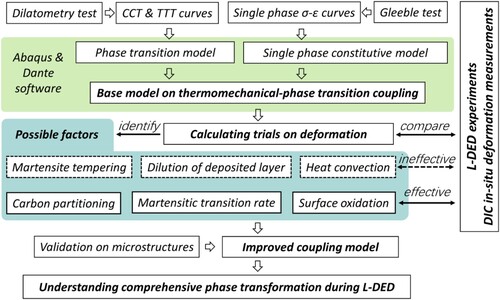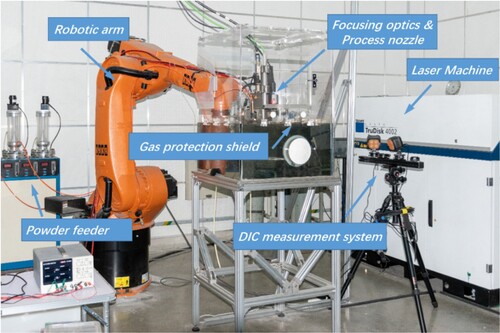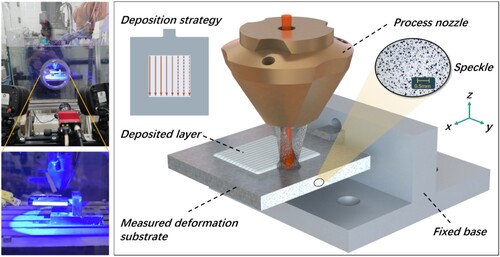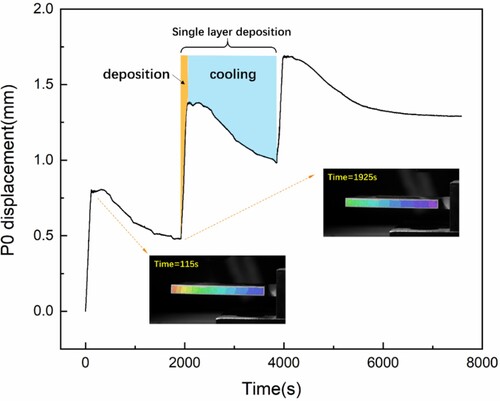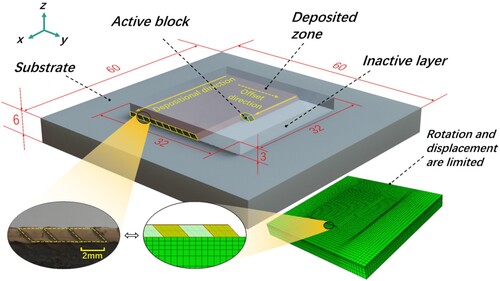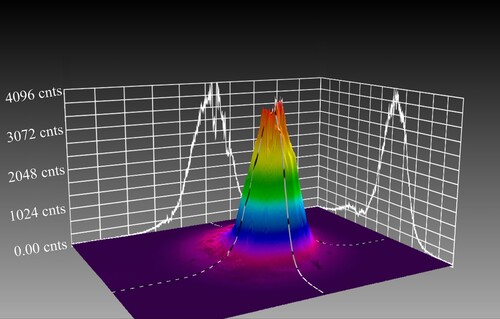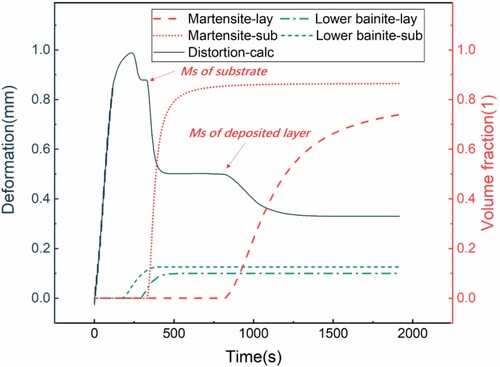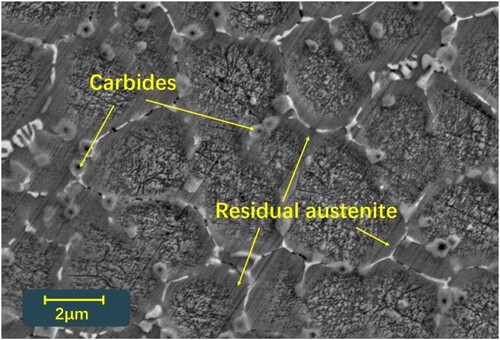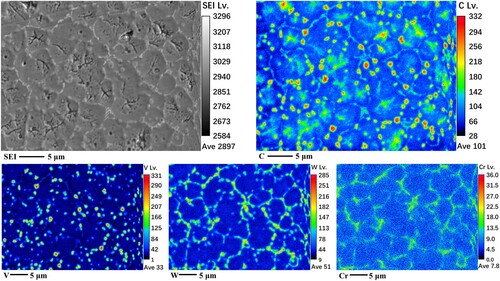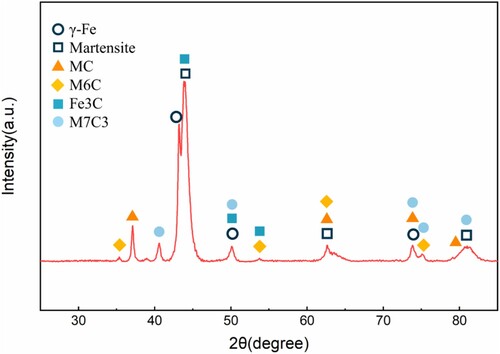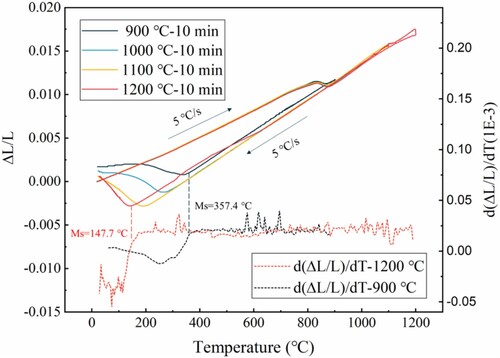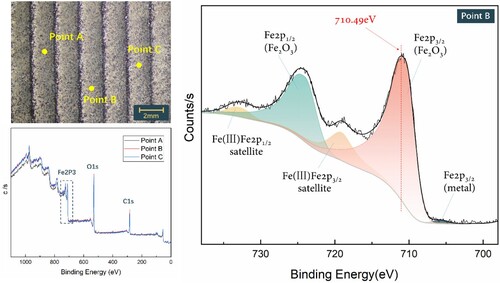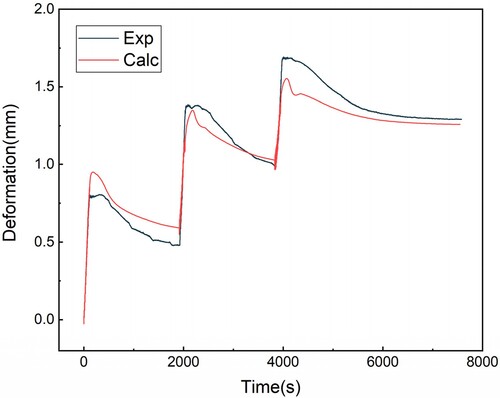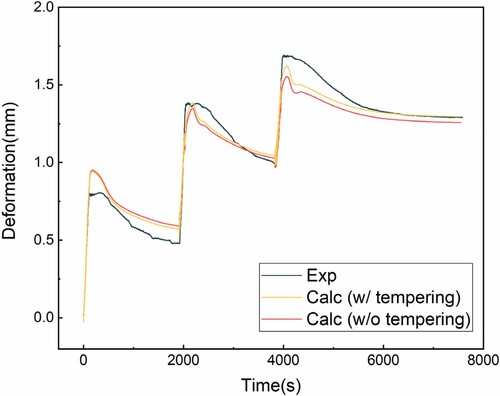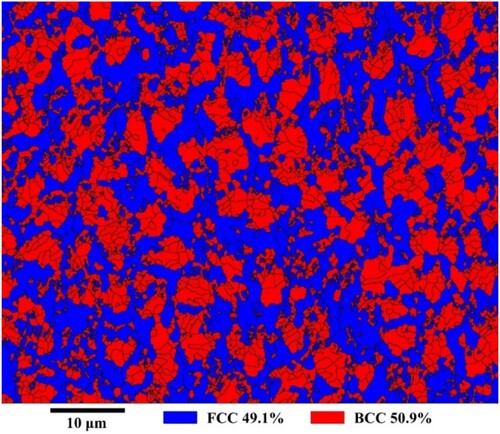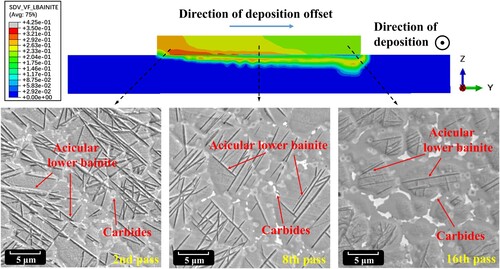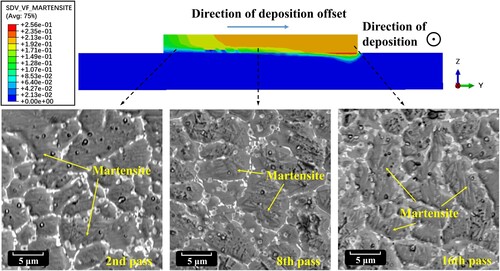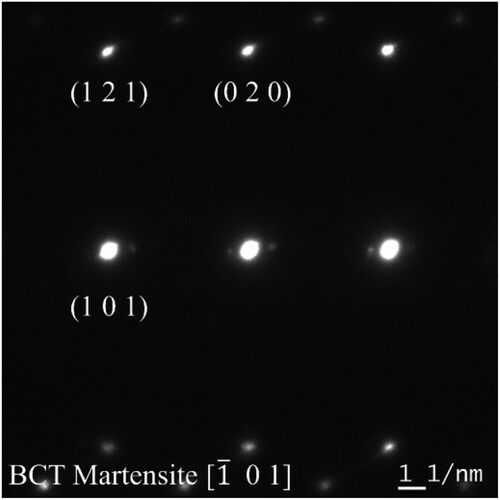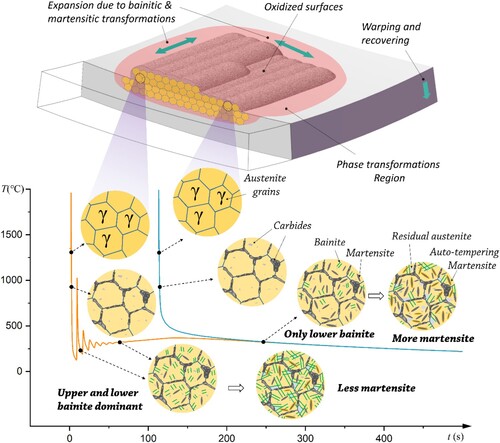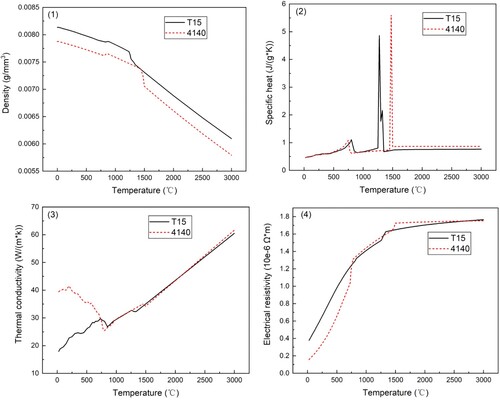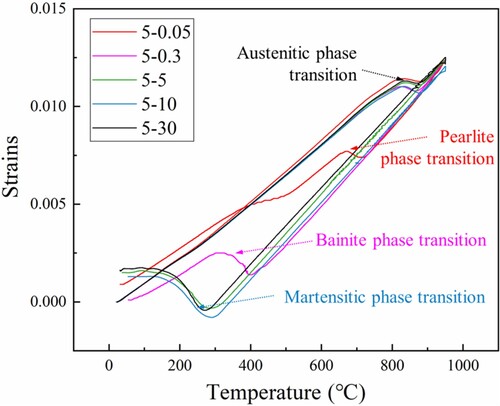Figures & data
Table 1. Elemental composition of 4140 and T15 materials (wt%).
Table 2. Optimal operating parameters for multilayer L-DED of T15 steel.
Figure 4. Data quality evaluation and depositional deformation analysis of DIC in-situ monitoring. (a) Measuring error evaluation; (b) Displacement field and location of sampling point P0.

Figure 12. Comparison of thermomechanical model and phase transformation coupling model with DIC results.
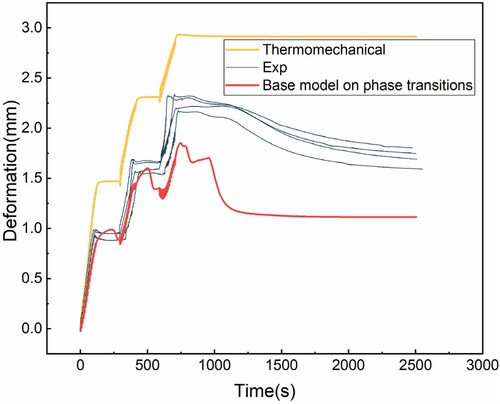
Figure 17. Prediction deformation considering the effect of carbide precipitation. (a) Single-layer deposition deformation and phase content. (b) Multilayer deposition deformation.
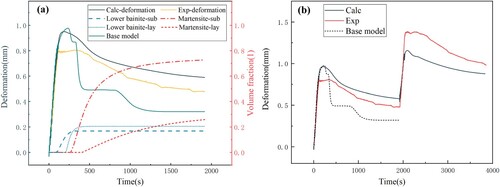
Figure 20. Martensite transformation behaviour during deposition and cooling processes. (a) Martensite transformation behaviour of the substrate; (b) Martensite transformation behaviour of the deposited layer.

Figure 22. Comparison of deformation calculation between thermomechanical model and phase transformation coupling model.
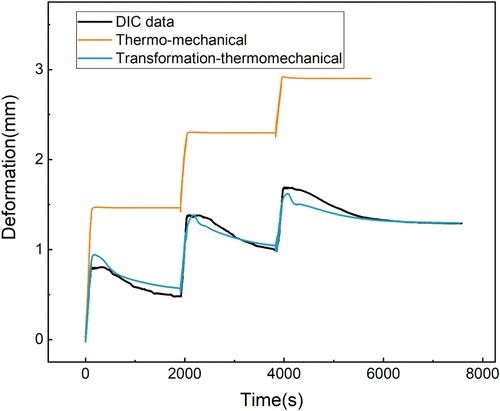
Figure 23. Comparison of residual austenite distribution calculated from the phase transformation coupling model and XRD results. (a) Simulated residual austenite distribution; (b) Variation of austenite peak intensity measured by XRD.
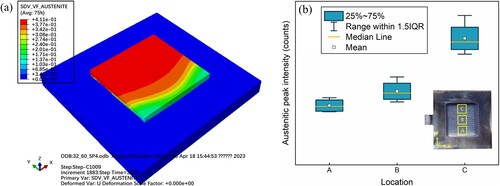
Figure 26. Temperature variation curves at the centre section of the 2nd, 8th and 16th passes of the second layer deposition process.

Table A1. Parameter settings for continuous cooling experiments.
Table A2. Kinetic parameters of the phase transformation of T15 in the base model.
Table A3. Kinetic parameters of phase transformation of AISI 41XX at different carbon contents.
Data availability statement
The data that support the findings of this study are available from the corresponding author upon reasonable request.

